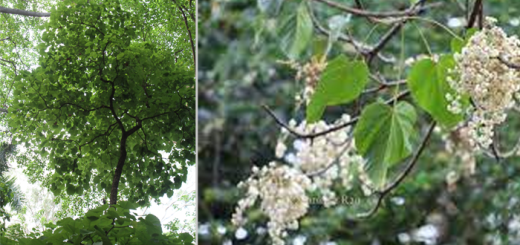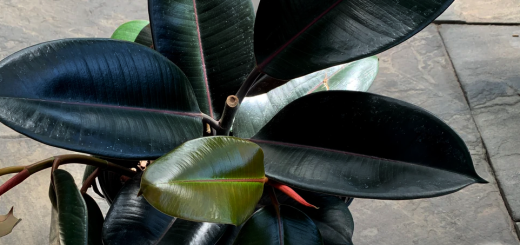Anahaw – The Iconic Leaf of the Philippines

When you see a wide, fan-shaped, glossy green leaf in traditional Filipino decor or government insignias, you’re most likely looking at the Anahaw (scientific name: Saribus rotundifolius). More than just a tropical plant, it is a symbol of resilience, national pride, and sustainable living in the Philippines.
What is Anahaw? 🌿
Anahaw is a species of palm native to the Philippines and other parts of Southeast Asia. Known for its striking, round, pleated leaves that resemble an open fan, it is often used in ornamental designs, crafts, and architecture.
Botanically, it belongs to the palm family (Arecaceae) and thrives in warm, humid climates. It’s a slow-growing but hardy plant that can reach up to 15 meters in height under ideal conditions.
A Symbol of National Pride 🇵🇭
In the Philippines, the Anahaw is more than just a pretty plant. It has been declared the national leaf, symbolizing endurance, strength, and adaptability—traits that reflect the Filipino spirit. You’ll find it stylized in various emblems and artwork, particularly in official seals and traditional Filipino motifs.
Its cultural significance extends to festivities and ceremonies, where it is used in decorations, costumes, and even traditional dances.
Practical Uses 🛠️
Historically, Anahaw has served many practical purposes, especially in rural areas:
- Roofing material: The broad leaves are woven together to create traditional nipa hut roofs.
- Fans and hats: Dried leaves are crafted into hand fans, sun hats, and even bags.
- Food wrappers: In some provinces, Anahaw leaves are used as eco-friendly wrappers for rice cakes and other delicacies.
- Ornamentation: Due to its symmetrical beauty, it’s often used in flower arrangements and stage decorations.
These uses underscore the plant’s role in sustainable living—long before “eco-friendly” became a buzzword.
Conservation and Cultivation 🌱
Although not currently endangered, the growing demand for Anahaw in landscaping and decor has made sustainable cultivation important. It is now commonly grown in nurseries and gardens for both ornamental and functional purposes.
Because it thrives in tropical conditions and requires minimal maintenance, Anahaw is ideal for urban greening projects and home gardens in the Philippines.
Anahaw Modern Relevance 🌍
Today, the Anahaw represents more than cultural heritage—it is also a green symbol of sustainability and resilience. As climate change challenges our ecosystems, native plants like Anahaw remind us of nature’s quiet strength and the wisdom of traditional ecological practices.
In a world looking for sustainable solutions, the Anahaw stands tall as a reminder that sometimes, the answers are already rooted in our own backyards.
Learn more about trees in The Philippines.
References:
https://en.wikipedia.org/wiki/Saribus_rotundifolius










